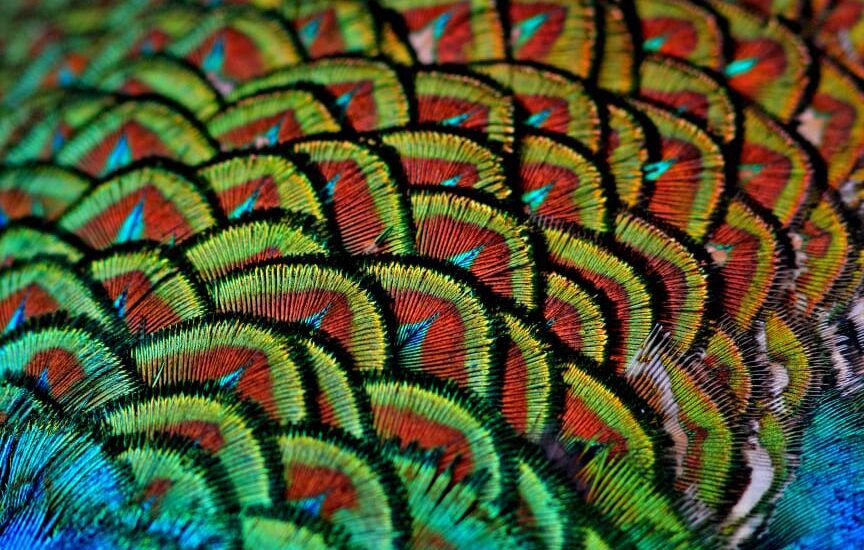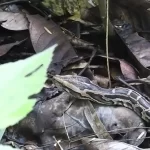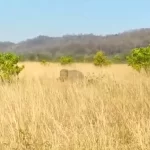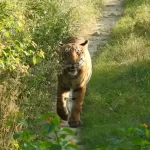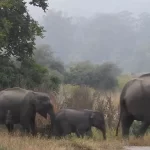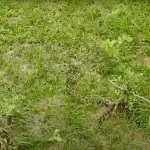Vibrant colours in the wild are created for specific reasons, for nature creates nothing without purpose. The orange and black stripes of a tiger and the black rosettes on a golden coat of a leopard are there to help these stealthy predators to camouflage in their habitat. Many insects exhibit bright colours to warn the predators that they are toxic or distasteful. Colours are also used by many creatures, noticeably birds, for display during the courtship period for attracting potential mates.
Peacocks display amazing colours in their plumage including shades of blue, turquoise, green, yellow, brown and red. These are iridescent feathers with dominant pigment being brown. The vibrant colours that we see are because of the tiny structures on the surface of the feather that absorbs all colours of the light spectrum, reflecting only one colour that our eyes can see. So in reality, the bright glittering colours that we see in the plumage of a peacock are simply not there and this is one of the ways of nature to share the joy of colours. These vibrant colours of a peacock’s uppertail coverts were captured by our Head Naturalist Amith Bangre.
On the occasion of the festival of colours, Jim’s Jungle Retreat wishes that the peacock may enchant us forever with its colourful display. We wish happy Holi to all!
The iridescent plumage of the peacock originates in the fine side branches of the feathers. … Pigment particles are embedded into the newly grown feathers during the molting season. They absorb light of certain wavelengths, or disperse the reflected light, and so contribute to the color of the plumage.
For example, peacock tail feathers are pigmented brown, but their microscopic structure makes them also reflect blue, turquoise, and green light, and they are often iridescent.
Iridescent shades of yellow, brown, green, and blue form the eye of a peacock feather. The lower panel shows part of a magnified transverse cross section of a barbule from the green region of the feather. The periodic array comprises melanin cylinders (light gray) sheathed by keratin and interspersed with air holes (dark gray). The white triangular region in the upper left is part of the barbule’s central core.
